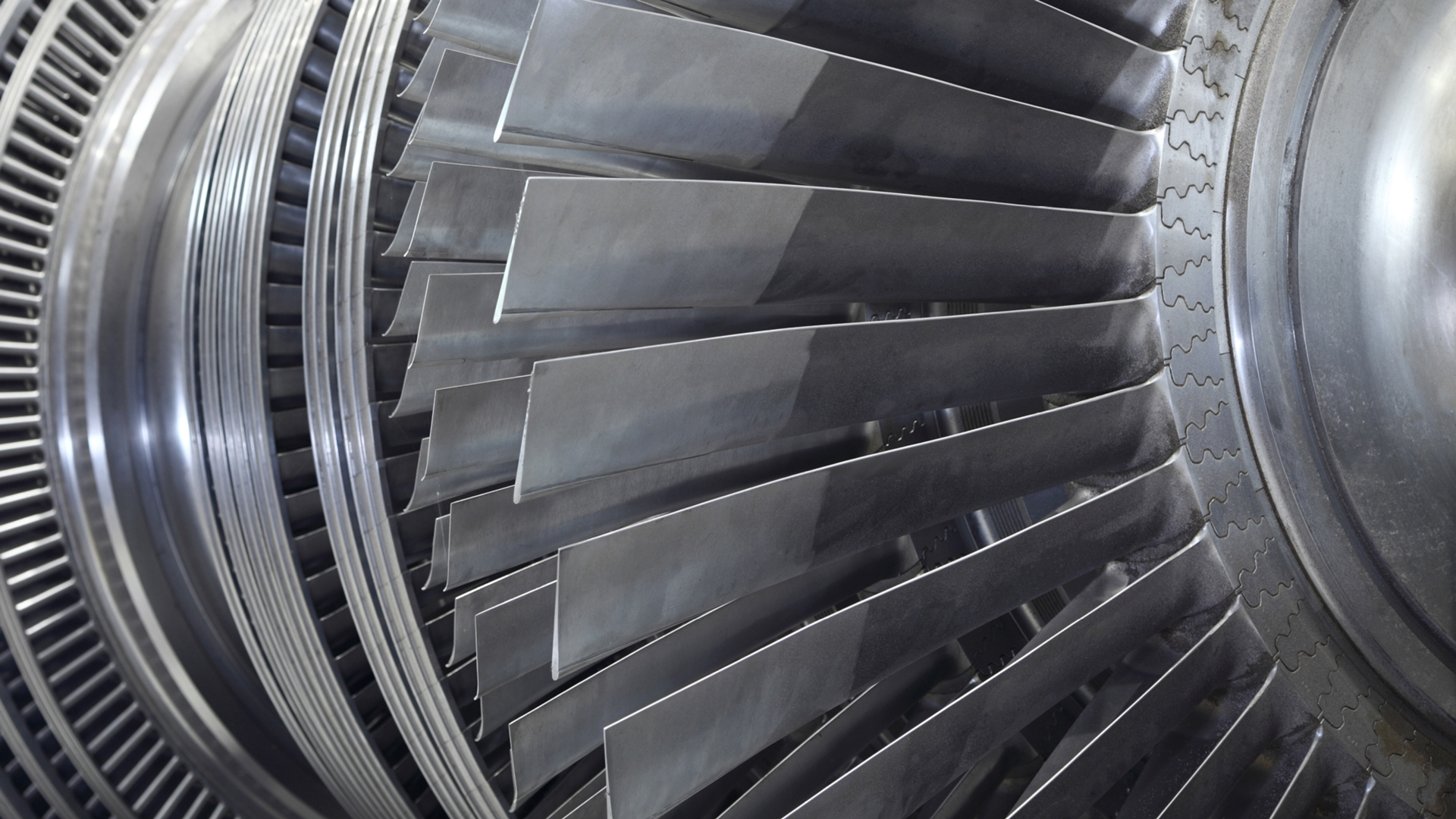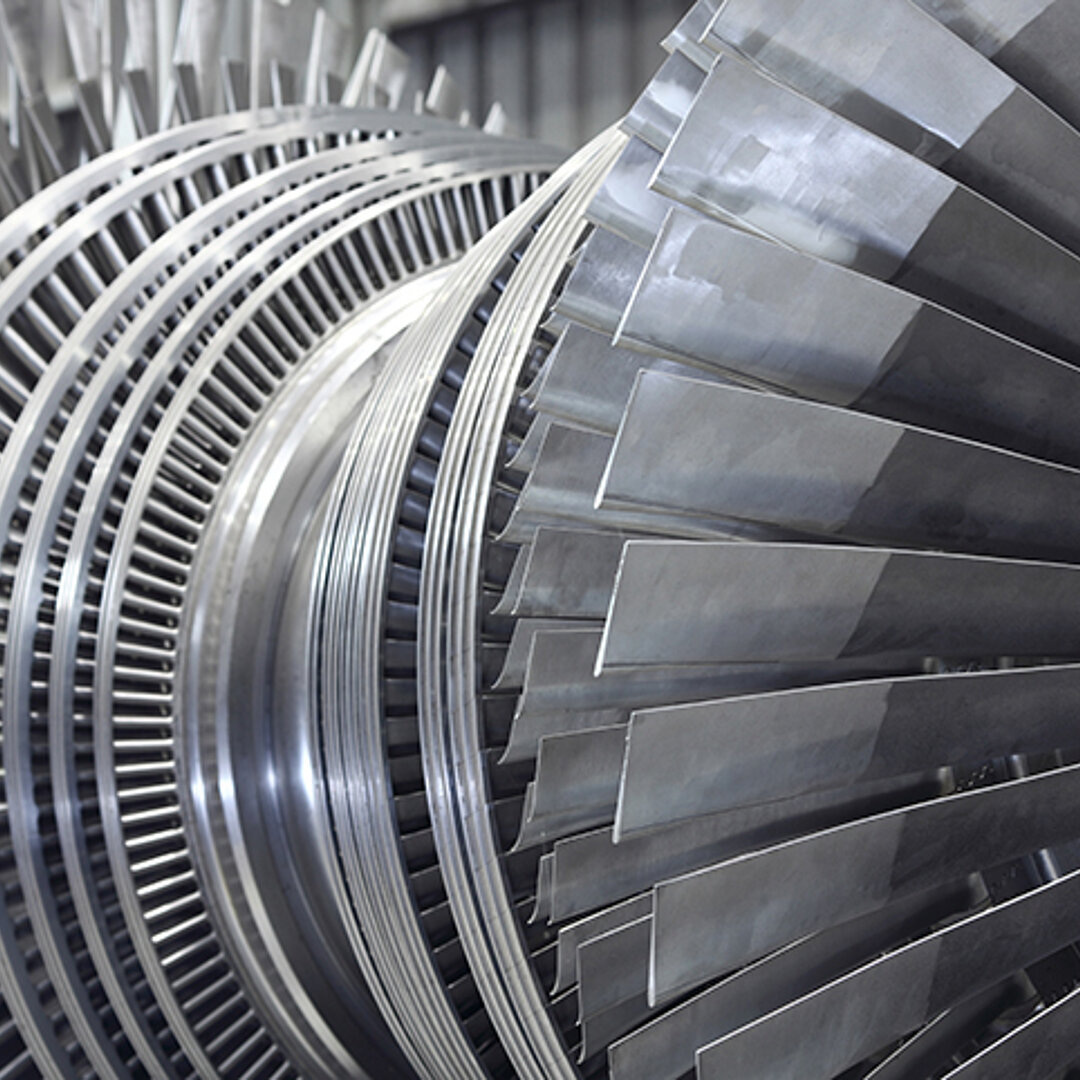-
Existing thermal power plants can provide much more flexibility than often assumed, as experience in Germany and Denmark shows.
Coal-fired power plants are in most cases less flexible compared to gas-fired generation units. But as Germany and Denmark demonstrate, aging hard coal fired power plants (and even some lignite-fired power plants) are already today providing large operational flexibility. They are adjusting their output on a 15-minute basis (intraday market) and even on a 5-minute basis (balancing market) to variation in renewable generation and demand.
-
Numerous technical possibilities exist to increase the flexibility of existing coal power plants. Improving the technical flexibility usually does not impair the efficiency of a plant, but it puts more strain on components, reducing their lifetime.
Targeted retrofit measures have been implemented in practice on existing power plants, leading to higher ramp rates, lower minimum loads and shorter start-up times. Operating a plant flexibly increases operation and maintenance costs — however, these increases are small compared to the fuel savings associated with higher shares of renewable generation in the system.
-
Flexible coal is not clean, but making existing coal plants more flexible enables the integration of more wind and solar power in the system. However, when gas is competing with coal, carbon pricing remains necessary to achieve a net reduction in CO₂.
In some power systems, especially when gas is competing against coal, the flexible operation of coal power plants can lead to increased CO2 emissions. In those systems, an effective climate policy (e.g. carbon pricing) remains a key precondition for achieving a net reduction in CO2 emissions.
-
In order to fully tap the flexibility potential of coal and gas power plants, it is crucial to adapt power markets.
Proper price signals give incentives for the flexible operation of thermal power plants. Thus, the introduction of short-term electricity markets and the adjustment of balancing power arrangements are important measures for remunerating flexibility.
Flexibility in thermal power plants
With a focus on existing coal-fired power plants

Preface
The study provides a broad analysis on possible flexibility measures for thermal power generation, focusing on coal power plants: The first part of the study analyses major challenges related to the integration of large shares of renewables. The second part describes in detail current technical characteristics related to the flexibility of thermal power plants. The third part analyses some retrofit measures to increase the flexibility of coal power plants, including their technical and economic parameters. Fourth, our findings with regard to challenges and opportunities are discussed and put into perspective by spotlighting the situation in South Africa and Poland, two countries with large coal power generation shares.
Key findings
Bibliographical data
Downloads
-
Main Report
pdf 5 MB
Flexibility in thermal power plants
With a focus on existing coal-fired power plants
-
Translation
pdf 6 MB
火力发电厂的灵活性
Chinese translation


